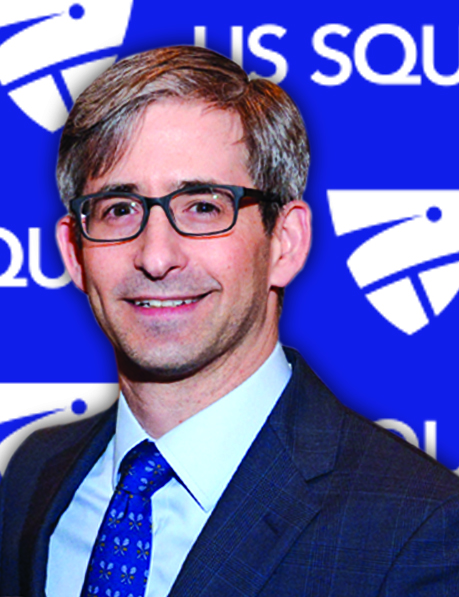Sometimes seemingly disparate narratives coalesce to bring a broader opportunity into focus. For me this happened recently with the ascendance of Ali Farag and return to form of Amanda Sobhy, and meetings regarding community programming at the Arlen Specter US Squash Center.
Reflections on each of these leads to the affirmation that education and squash go hand-in-hand and breathe life into the future of the sport. Urban squash and education programs across the country are using the game as a conduit to have a transformational impact on the lives of their students. The broader squash community, however, can benefit from this thinking with the order inverted: education as conduit for the growth of the squash.
Amanda Sobhy has returned to the top eight in the world only two years after a full Achilles tear and is the standard bearer of Team USA squash. Ali Farag is the reigning world champion. As recent Harvard graduates, they prove that education and squash at the highest level are not mutually exclusive. They are not exceptions to the rule—college squash has now become a proving ground and feeder system for our next generation of Elite Athlete Program members after they complete their undergraduate education.
Ali and Amanda represent rarified air of squash in college; great untapped potential lies on the other end of the spectrum too. Colleges and universities have a substantial quantity of underutilized courts. Our community must play a proactive role in making sure they are used for squash rather than captured for other purposes. We must learn from existing successful models and lead the development of innovative programs that drive activity by college students, staff and faculty while also creating access for those in their local communities through junior and adult programming. Quite often, the most passionate and dedicated adult players are people who were introduced to the sport in college.
Scholastic programs are at the core of the community outreach plans at the Specter Center that we are developing alongside our partner SquashSmarts. Our goal is to expose thousands of kids, from pre-K to high school, to the sport annually and to create replicable models for other facilities. Nationwide, middle and high school squash expansion represents an opportunity for sustainable growth by leveraging resources outside of those currently available to the sport.
The best educational institutions don’t just teach knowledge. They imbue each student with an understanding that knowledge should be used within a clear framework of responsibilities and values. At US Squash we feel the same: growth in participation is meaningless unless it is complemented by the affirmation of the sport’s core values of honesty, courtesy and respect.




